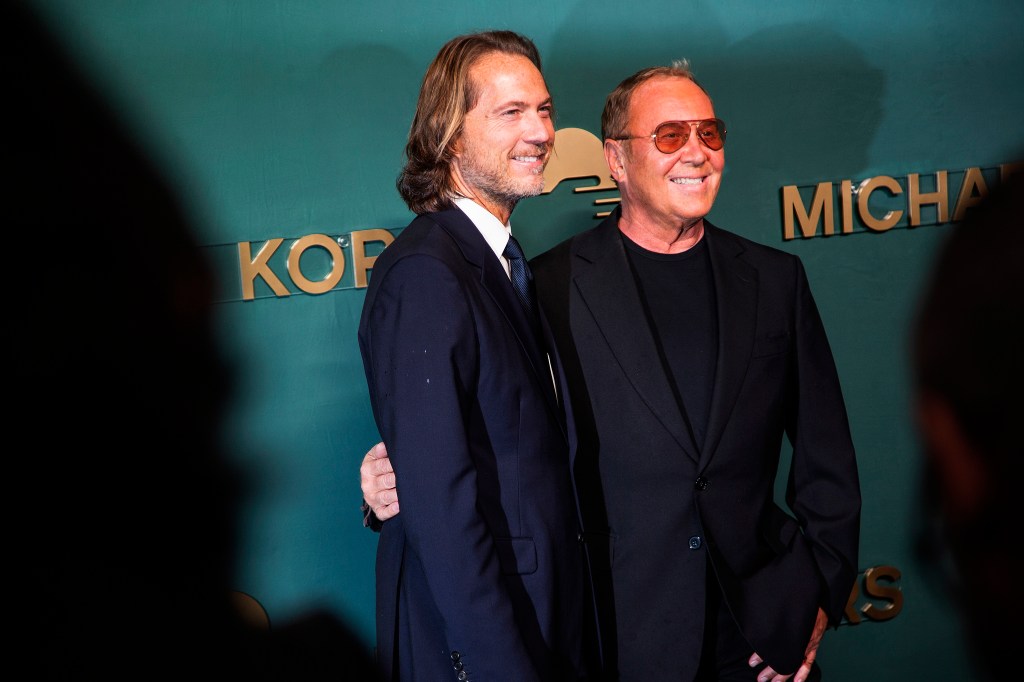Instead of celebrating its 10th anniversary with a blowout party, the St. Louis Fashion Fund is staying true to its purpose and supporting the area’s economy with a year of special events.
While re-shoring and domestic manufacturing have been gaining some traction in certain cities, such initiatives dovetail into St. Louis’ heritage. From the late 19th century until the end of World War II, the city’s garment district was second only to New York City’s. In the ’50s, the number of apparel manufacturers in the city tripled, due largely to junior dressmakers. Washington Avenue once housed some of those companies and so many footwear manufacturers that it was nicknamed “Shoe Street, USA.”
In the past decade, the St. Louis Fashion Fund has championed 800 local fashion-related businesses, established brands, key players, students and designers, including many who are members of the area’s refugee community. Combined, this fashion community contributes $3.3 billion in revenues to the area.
Founded to help get local brands to the next level, the SLFF started out by raising $2.1 million to fund an incubator for a two-year program that attracted national talent and led to the hiring of an executive director. In the years that have followed, the group has extended its reach to also support photographers, jewelry designers, makeup artists and other fashion-related creatives. There is also a renewed commitment to strengthen manufacturing and create jobs, sustain employment and strengthen industry-related businesses regardless of however small or large they might be.
The headliner event will feature Michael Kors in conversation with Derek Blasberg on April 1, as part of the SLFF’s “Speaking of Fashion” series that is organized with Washington University in St. Louis and footwear group Caleres, which is based there. A crowd of 800 is expected at the campus’ Graham Memorial Chapel, and the event will be livestreamed. A trunk show will be held in the area too.
For Kors, the honor is professional and personal. The designer said, “I’m honored to take part in this extraordinary program that has, for a decade now, been a leading voice for local designers, students and fans of fashion alike. My husband, Lance [LaPere] hails from the St. Louis region so it is a welcome opportunity to pay homage to this community.”
Kors’ participation is in line with several other leading names that have been saluted by the organization including Diane von Furstenberg, Iris Apfel and Andre Leon Talley. St. Louis natives include Blasberg and model Karlie Kloss. Fashion followers focused on major runways in New York, Milan, Paris and London might give St. Louis a shrug and, perhaps anticipating the skeptics, the SLFF has launched a “Why St. Louis?” media campaign. To try to pave the way for generations of new designers, the campaign touches upon diversity, equity and inclusion; workforce development; job creation, and retention.
In addition to Caleres, which has backed the nonprofit since its start, the anniversary year sponsors include Washington University, Edward Jones, Lewis Rice DeLux, Greater St. Louis Inc., Lou Fusz, US Bank, Audacy and Fox 2/KPLR 11.
Post-pandemic shutdown — after having given up its incubator — the organization was ready to come out with a bang again to show St. Louis, the region and the U.S. that the city is “still moving and shaking,” said SLFF cofounder Susan Sherman. The aim was to play “up all of the good” that is beaming out of the city, not just in relation to the fashion fund but all of its collaborators and partners.
In honor of the 10th anniversary, 10 organizations were selected to be spotlighted with an emphasis on some that might not get adequate funding or publicity. They included some Black, Indigenous and people of color designers through the FwrdSociety, Mother Model Management and Gent Menswear Fashion.
Other anniversary events will include a Feb. 18 runway show with Major League Soccer’s St. Louis City SC team members and aspiring soccer stars, who take part in the club’s Futures Program. Every last turn will be curated by Dwight Carter of Gent Men’s Fashion Week, an under-publicized event that has been held in the city for years.
Plans are also in place for the SLFF to lead Missouri’s first annual fashion lobby days in the capital of Jefferson City. Nearly 100 leaders, educators, business owners and designers from Cape Girardeau, Columbia, Kansas City, Springfield and St. Louis have committed to lobby and inform political powers of the industry’s economic impact. “Not sure” that political leaders “are quite aware” of that, Sherman said, “You know how [some] people don’t think of fashion as big business.” Representatives from the third generation sewing machine manufacturer Tacony — a 77-year-old company — will be among those on hand.
She noted how some local sewers practiced special techniques in the countries they hailed from, such as Afghanistan or El Salvador. Finessing those skills would ultimately require funding and grants, which is why SLFF supporters will spell out their case as an introduction to state politicians — jobs, economic development and internships this year.
“It is all about funding. We have the awareness now in St. Louis. We have so many young designers, including those who are more artisan-like, making jewelry and accessories. They love working there. They see the potential and love the camaraderie. But it really takes funding. That’s where we keep pushing and pushing,” Sherman said.
Allowing how there are other problems and challenges in the world and in the city, where revitalization is a priority, Sherman said success hinges on cutting through the noise. That’s why the anniversary stands as a reminder for the potential of growth and for the betterment of the city’s branding. “It’s not something that we’re making up. It’s part of the city’s DNA. People in St. Louis love to talk about the [1904] World’s Fair. Well, they love to talk about the history of fashion and look at Washington Avenue’s old buildings to say, ‘This is what was — let’s bring it back.’”

Missouri is after all known as the “Show Me State,” Sherman said. “So it’s a matter of showing some of the best parts of the industry — people who are doing the work and asking, ‘How can we move this forward together?’” To launch its yearlong celebration, the SLFF welcomed Veronica Beard founders Veronica Swanson Beard and Veronica Miele Beard to a Neiman Marcus talk earlier this year.
With nearly 301,600 residents, the city continues to try to bolster its garment district. The SLFF will be offering its insights when Downtown St. Louis re-examines its 2017 study. “When we look at the future of fashion in St. Louis, we really need to beef up our ability to produce, to cut and sew, and train patternmakers and sewers. Without that, business isn’t going to come. Designers want to see production and be [based] close to where things are produced,” Sherman said.
To that end, there is The Collective Thread, a nonprofit that provides small-batch production and empowers refugee women through free sewing classes in St. Louis’ garment district. “What hasn’t happened in the middle of this country is the creation of a major manufacturing hub,” said Sherman, who noted how up-and-coming designers like Elena Velez and Puppets and Puppets’ Carly Mark have spoken of their interest in domestic manufacturing in the Midwest. “I can’t say it’s a collective effort. But if you don’t have it, or build it, they’re not going to come. We’re aware of what’s going on around the country, but we’re focused on the Midwest.”
In addition to attracting new talent, the SLFF’s Joan Berkman emphasized its aim to hold onto local grads from Washington University and The Stevens Institute of Business & Art. “We don’t want them to go to New York, Chicago or L.A. You have to stick with us, because we’ve got the contacts, the relationships, the paid internships, mentorships and the jobs. And guess where they’re settling and setting up their businesses? Right here in St. Louis.”



